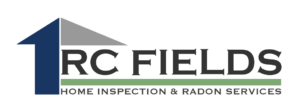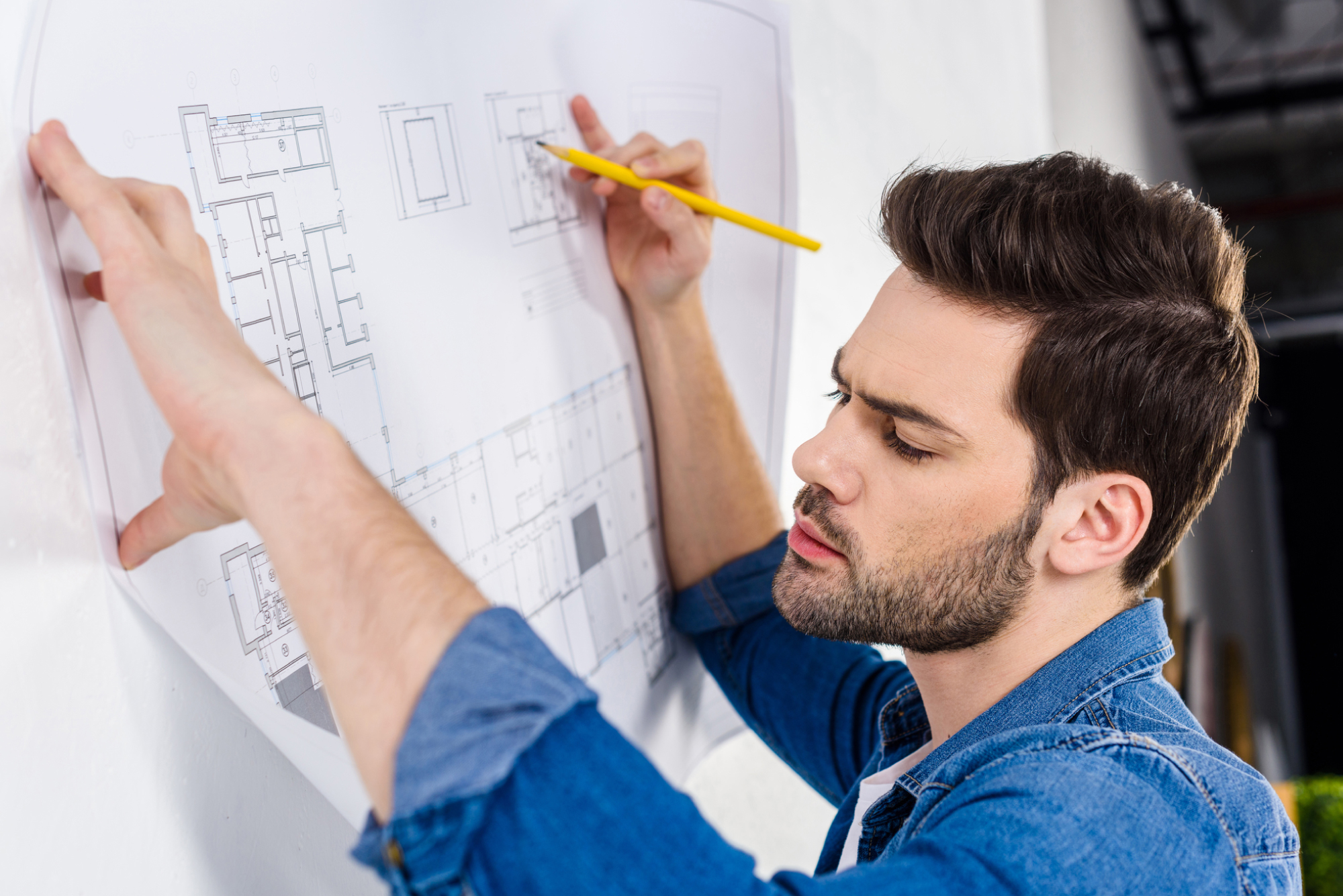Facts About Radon
What is Radon?
Radon is a colorless/odorless naturally-occurring gas omitted from the decay of uranium and radium deposits found in rocks, soil and water.
What are the concerns?
Radon is the #1 cause of lung cancer in the U.S. next to smoking. It is estimated that 21,000 people die each year in the U.S. due to Radon exposure.
Radon in Minnesota
Due to our geology and seasonal living conditions, the average Radon level in Minnesota is more than 3x higher than the U.S. average. More than 2 in 5 homes in Minnesota have Radon levels that pose a significant health risk.
Is there a safe level of Radon?
The Environmental Protection Agency (EPA) has set the action level at 4 pCi/L (picocuries of radon per liter of air). It is strongly recommended to install a Radon mitigation system in a home that has a measurement level at or above 4 pCi/L.
Does my home have Radon?
Whether built over 100 yrs ago or yesterday using current “Radon-Resistant” construction methods, the truth is that all homes have some level of Radon and the only way to know if the levels are acceptable is to perform a measurement test.
How do you test for Radon?
There are several acceptable methods used to test for Radon, however during a Real Estate transaction timing is usually of the essence. RC Fields utilizes one of the industry staples, a Sun Nuclear 1028 CRM (Continuous Radon Monitor), to provide you with an accurate and reliable measurement over a 48 hr. time period allowing you to stay within your contingency period and potentially use the results to negotiate for the cost of a mitigation system if warranted.
What is Radon?
Radon is a colorless/odorless naturally-occurring gas omitted from the decay of uranium and radium deposits found in rocks, soil and water.
What are the concerns?
Radon is the #1 cause of lung cancer in the U.S. next to smoking. It is estimated that 21,000 people die each year in the U.S. due to Radon exposure.
Radon in Minnesota
Due to our geology and seasonal living conditions, the average Radon level in Minnesota is more than 3x higher than the U.S. average. More than 2 in 5 homes in Minnesota have Radon levels that pose a significant health risk.
Is there a safe level of Radon?
The Environmental Protection Agency (EPA) has set the action level at 4 pCi/L (picocuries of radon per liter of air). It is strongly recommended to install a Radon mitigation system in a home that has a measurement level at or above 4 pCi/L.
Does my home have Radon?
Whether built over 100 yrs ago or yesterday using current “Radon-Resistant” construction methods, the truth is that all homes have some level of Radon and the only way to know if the levels are acceptable is to perform a measurement test.
How do you test for Radon?
There are several acceptable methods used to test for Radon, however during a Real Estate transaction timing is usually of the essence. RC Fields utilizes one of the industry staples, a Sun Nuclear 1028 CRM (Continuous Radon Monitor), to provide you with an accurate and reliable measurement over a 48 hr. time period allowing you to stay within your contingency period and potentially use the results to negotiate for the cost of a mitigation system if warranted.
Radon Mitigation Services
The Basics of Radon Mitigation
Radon mitigation is the process used to reduce Radon levels in homes to an acceptable concentration less than the EPA’s recommended action level of 4pCi/L (picocuries per liter), with a target of less than 2pCi/L.
The average cost to have a professionally installed system can range from $1,000 – $2,500. There are several different factors (Radon levels, construction style, size of structure, etc.) that will determine the right mitigation system needed for your home. Of the different approaches, there are 3 more commonly used methods to reduce these levels.
- Sub-slab Depressurization – One or more holes (depending on air flow of substrate) are drilled through the floor slab into the substrate. Suction pipes, along with a low voltage fan are installed to draw the Radon gases to said location(s) and then vented to the exterior of the property.
- Drain Tile Suction – Similar to the above mentioned, this method utilizes the existing drain tile system within the property. Suction pipes are installed into the sump system, which is then sealed allowing the fan to easily draw the Radon gases through the system and out of the property.
- Sub-membrane Suction – Used in dirt floor crawlspaces; a high-density plastic sheeting is laid out and sealed to the walls. A suction pipe and fan system are installed and vented to the exterior.
*All of these methods may also require sealing any gaps/cracks in the slab and foundation materials to ensure proper operation of the Radon mitigation system.
Why choose us?
We know that you have many options when it comes to Radon Mitigation providers here in Twin Cities. As a Home Inspection company we have conducted several thousand inspections since 2010 and have reported on tens of thousands of deficiencies. That being said, we feel confident in our ability to provide you with a finished product that will “pass any inspection”.
Our Experienced, Professional and Friendly Mitigation Specialists will:
- Take the time necessary to thoroughly assess the property
- Custom design viable options which will best suit your home and your budget
- Utilize the best equipment and materials to complete the project
- Maintain a clean and safe work area
- Typically complete the project in one day
- Educate you throughout the process
Contact us today to schedule a no-obligation consultation with an RC Fields Radon Mitigation Specialist who will help you determine the most effective, economical, and aesthetically pleasing option for your home and your family.
Radon Resources
Request a Radon Mitigation Consultation
Please note that all fields marked with a * are required in order to complete your submission.



